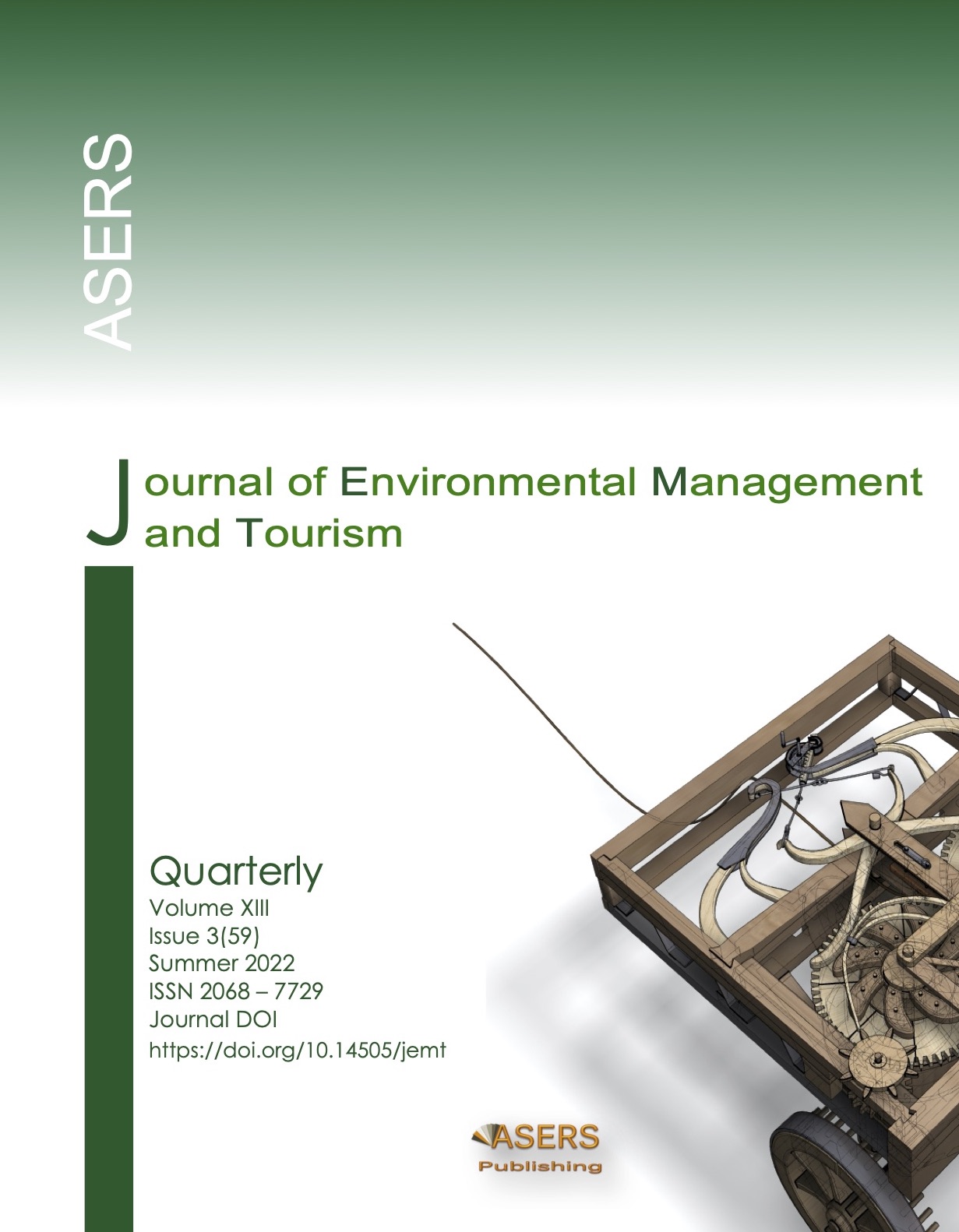Assessment of Particulate Matters Especially PM2.5 and PM10 Concentration During and Before Lockdown in the Various Metropolitan Cities of India
Assessment of Particulate Matters Especially PM2.5 and PM10 Concentration During and Before Lockdown in the Various Metropolitan Cities of India
Author(s): Gourav Kumar Singh, Shivom Singh, Swapnil RAI, Nimisha JadonSubject(s): Energy and Environmental Studies, Environmental and Energy policy, Health and medicine and law
Published by: ASERS Publishing
Keywords: PM2.5; PM10, lockdown; CPCB; COVID-19;
Summary/Abstract: This study was carried out to evaluate the concentration of particulate matter i.e. PM2.5 & PM10 in the selected metropolitan area (Mumbai, Delhi, Kolkata & Bengaluru). Data used and analysed in this research was taken from the official website ofCPCB (Central Pollution Control Board). Analysis is done before and during the lockdown period. For the current analysis,data from the chosen parameters (Particulate Matter with a diameter equal to or less than 10 microns (PM10) and particulatematter with a diameter equal or less than 2.5 microns (PM2.5) are gathered and analysed from the source i.e. CPCP. Site wise,histogram analysis was also performed. The PM concentration is found to be the highest in Delhi, among all locations. Duringthe study period, a clear association between PM10 and PM2.5 was observed at all the sites. A great change was observed inthe values of Particulate Matter before and after the lockout cycles. In metro cities, values higher than PM10 were found to bePM2.5, except for Bangalore, where values lower than PM10 were found to be PM2.5. During the lockdown, Bengaluru was leastpolluted while Delhi was the most polluted city among all these metropolitan cities. During the analysis it was observed thatthe level of Particulate Matter (PM) got reduced as all kind of anthropogenic activities were stopped. Vehicular activities andother construction work were also stopped so it helped to reduce the PM from the surroundings. COVID-19 brought ameaningful drive to combat all kind of air related pollution and it is observed during this research.
Journal: Journal of Environmental Management and Tourism (JEMT)
- Issue Year: XIII/2022
- Issue No: 3(59)
- Page Range: 665-673
- Page Count: 9
- Language: English
- Content File-PDF

